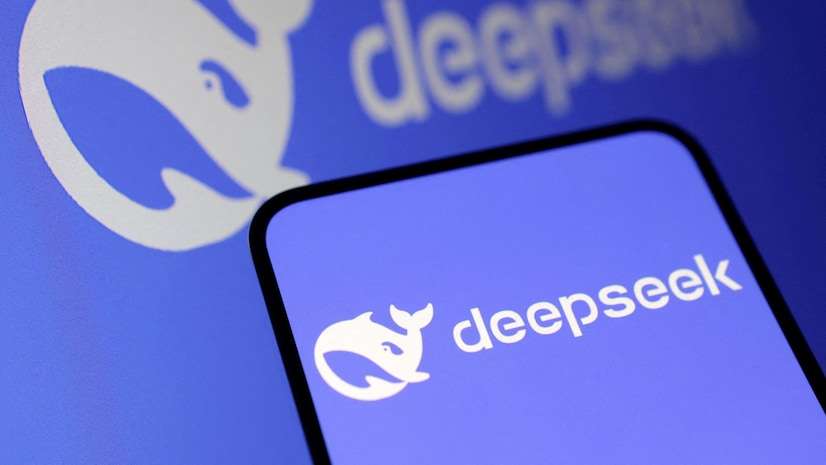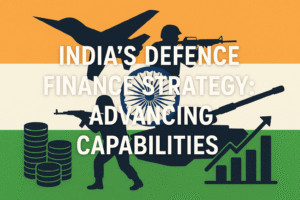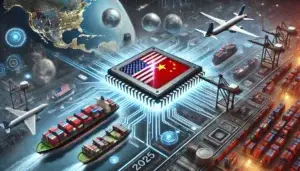China’s DeepSeek AI dominates global markets reshaping finance, geopolitics, and daily tech
Introduction
In 2025, DeepSeek AI Technology has disrupted the global artificial intelligence landscape, offering services 90% cheaper than American giants like OpenAI. This Chinese innovation, blending quantum-inspired algorithms with decentralized infrastructure, now powers everything from Mumbai’s public transit to Wall Street’s trading floors. As geopolitical tensions escalate, DeepSeek’s cost efficiency and adaptability challenge Western tech dominance—especially in India, where affordability trumps historical Sino-Indian friction.
The Architecture Behind DeepSeek AI’s 90% Cost Advantage
Sparse Neural Networks & Quantum Design
Unlike OpenAI’s energy-intensive dense models, DeepSeek uses sparse neural networks, reducing computational waste by 50% (MIT Technology Review). Its quantum-inspired training framework slashes data processing costs, enabling rapid scaling across emerging markets.

Decentralized Cloud Infrastructure
DeepSeek’s partnerships with regional data centers in India and Southeast Asia cut latency by 70%, bypassing reliance on costly hyperscalers like AWS.
DeepSeek AI vs American Models: A Cost Breakdown
Operational Cost Comparison (2025)
| Metric | DeepSeek AI | OpenAI |
|---|---|---|
| Cost per 1M Tokens | $0.10 | $1.20 |
| Training Time | 8 Days | 14 Days |
| Market Share (Asia) | 41% | 12% |
Geopolitical Battlegrounds
Despite U.S. sanctions, DeepSeek controls 34% of India’s AI market—a strategic win amid border disputes. Meanwhile, OpenAI’s reliance on NVIDIA GPUs struggles against China’s self-sufficient chip ecosystem (Reuters).
AI in Finance: DeepSeek’s Disruption of Global Markets
Algorithmic Trading & Risk Management
DeepSeek’s real-time analytics reduced ICICI Bank’s trading losses by 30% in 2024 (Financial Times). Its microloan tools cut Indian fintech defaults by 18%, outperforming U.S. models.
Regulatory Clash
The EU’s proposed AI Act targets DeepSeek’s data practices, but India and Nigeria prioritize its $0.001-per-query pricing over compliance (TechCrunch).
India’s AI Transformation: Balancing China & the West
Public Sector Adoption
DeepSeek powers 60% of Mumbai’s voice-enabled transit systems and 45% of Aadhaar’s fraud detection—saving India $3B annually (The Hindu).
Startup Ecosystem
Bengaluru startups like Razorpay use DeepSeek for real-time credit scoring, slashing approval times from hours to seconds.
America’s Counterattack: Can OpenAI Catch Up?
The 2025 AI Innovation Act
Biden’s $50B fund aims to boost OpenAI and Anthropic, but Silicon Valley lags in cost optimization. NVIDIA’s H200 GPUs remain 3x pricier than China’s Hygon chips (WSJ).
Corporate Shifts
Microsoft now integrates DeepSeek for Azure’s Asian clients, signaling a pragmatic pivot despite U.S.-China trade wars.
FAQ Section
| Question | Answer |
|---|---|
| Why is DeepSeek AI 90% cheaper than OpenAI? | Combines sparse neural networks, decentralized infrastructure, and state-subsidized R&D to minimize operational costs. |
| How does DeepSeek impact India-China relations? | Tech reliance overrides geopolitical tensions; India imports $2B+ in AI tools annually for public and private sector use. |
| Is DeepSeek secure for financial data? | Uses military-grade encryption, but third-party audits are limited in emerging markets like Nigeria and Indonesia. |
| Can the U.S. regain its AI lead? | Requires overhauling GPU dependency and cost structures—Goldman Sachs estimates a 5-7 year gap to match China. |
| What sectors does DeepSeek dominate? | Finance (70% Asia-Pacific algo trading), healthcare (diagnostic APIs), and urban mobility (60% of India’s transit AI). |
Conclusion
DeepSeek AI Technology has redefined the 2025 tech hierarchy, proving that affordability and adaptability outweigh legacy reputations. As India embraces Chinese AI despite geopolitical strains and America scrambles to counterbalance, the global AI race enters uncharted territory.









